When ‘done right,’ aquaculture can help reduce drivers of climate change, says new study from The Nature Conservancy and the University of Adelaide
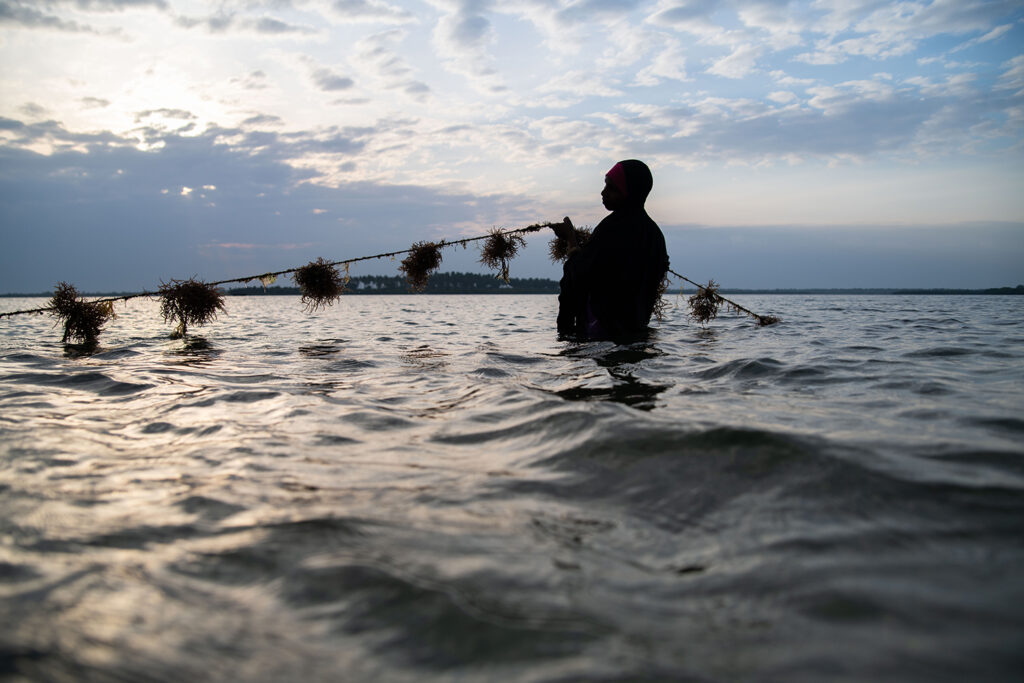
With aquatic foods offering nutritional benefits and a lighter environmental footprint compared to terrestrial agriculture, mariculture – the farming of marine species in ocean and coastal environments – is gaining attention for climate change mitigation potential and protein production.
To avoid any setbacks associated with an increase of related activity, a new joint study between the University of Adelaide and The Nature Conservancy (TNC) is highlighting a critical need to “identify pathways to advance the growth of climate-friendly practices” within the industry.
“Doing so provides an opportunity to avoid further environmental degradation associated with the expansion of food production,” wrote the study’s authors. “Ultimately, responsible development of aquaculture is a key strategy to meet growing food demand and nutritional needs and to achieve food security within planetary boundaries.”
Published in Bioscience, the study, “Climate-Friendly Seafood: The Potential for Emissions Reduction and Carbon Capture in Marine Aquaculture,” assessed how greenhouse gas (GHG) emissions associated with fed-finfish, macroalgae and bivalve mariculture could be mitigated, exploring both major GHG sources and carbon sinks.
“We know that aquaculture can be one of the more resource-efficient means of animal protein,” said Robert Jones, global aquaculture lead at TNC. “There’s been evidence that substantiates that over the years. But what is not as clear [in the past] is what things farms and aquaculture developers can do to play a role in this fight against climate change.”
When aquaculture is “done right,” it could be influential in actively reducing the drivers of climate change, the report argues, offering guidance on how producers can assess and reduce carbon emissions.
“We see an opportunity for aquaculture to be a global leader in regenerative food systems,” said Dr. Heidi Alleway, global aquaculture scientist at TNC and a co-author of the study. “With effort and investment, there is the chance to work our way toward a net-zero emissions future for the industry.”
‘No single solution’
Over three years, the team examined the major sources of GHG emissions and assessed both the opportunities for emissions reduction and the potential for carbon sequestration from three key marine aquaculture sectors: seaweed, bivalves and fed finfish. They examined the sectors’ carbon footprints and explored the influence of farming practices on local marine carbon dynamics (see Fig. 1).
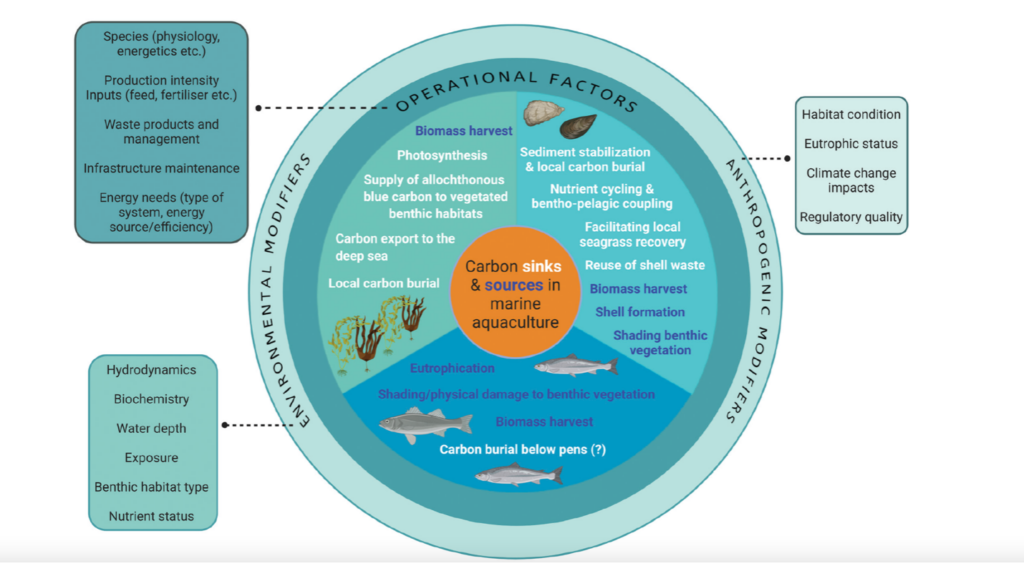
“Unsurprisingly, there’s no single solution that works in all sectors and situations,” said Alleway. “Rather, the sectors often have different interactions with the surrounding marine environment and operational practices, which offers bespoke opportunities for avoiding GHG emissions and enhancing carbon sequestration.”
With more specialized information at their fingertips, the researchers developed guidance on climate-friendly mariculture practices that can reduce emissions or enhance marine carbon storage.
Upstream (e.g., finfish feed production), on-farm and downstream (e.g., transportation) practices are all factors in GHG emissions, but vary across farms and geographies. One of their key findings is that the greatest opportunities for high-volume reductions in GHG emissions are likely to come from improvements with feed and methods of post-harvest transport.
“There is no denying that transporting aquaculture products over large distances, especially by air, hugely increases their carbon footprint. Innovation that leads to reductions in transport-related emissions would help with this issue, whilst continuing to support global trade in marine aquaculture products,” said Dr. Alice Jones, the lead author of the study and an Industry Research Fellow at the University of Adelaide.
Improvements to aquafeeds – namely improving feed conversion ratios, reducing overfeeding, sourcing locally and developing sustainable ingredients – can also impact the carbon footprints of upstream supply chains.
“From a carbon perspective, ‘doing it right’ means taking the practical steps to move towards emissions reductions and seeking opportunities for sequestration,” said Robert Jones. “It starts with getting a handle on the carbon emissions of the farm. And then, it moves into developing a plan associated with that and identifying the key areas [where] the biggest impact can be made, and ideally, in relation to the cost of business as well.”
Bespoke opportunities
The study also highlights that interactions between mariculture operations and surrounding marine environments influence GHG emissions, particularly through the degradation of seafloor habitats and the associated releases of stored carbon (or “environmental emissions”).
“While each sector has different interactions with the environment in which they work and operational practices, most have specific opportunities for avoiding GHG emissions or enhancing carbon sequestration,” said Dr. Alice Jones.
One example is the loss of seagrass, which can act as a “carbon sink” that serves the positive function of capturing and storing carbon. Adding seaweed to existing operations – including those producing bivalves or finfish – can help to mitigate environmental degradation and the release of GHGs, helping to make individual mariculture operations emission neutral.
“There is an opportunity for carbon sequestration through seaweed,” said Robert Jones. “So the seaweed needs to float away from the farm and sink to the bottom of the ocean, and get sequestered in the deep sea. Or the seaweed breaks away from the farm in a nearshore area and gets deposited in the sediment and sequestered, or absorbed by blue carbon habitats in the surrounding area, such as seagrasses.”
The report also highlights several farm design and operational changes that can help reduce the impact of finfish and bivalve farming on benthic habitats and avoid environmental emissions of stored blue carbon. For example, siting fed finfish operations away from sensitive blue carbon habitats.
“Siting, which we knew was important before for ecological reasons, is every bit as important for climate change as well,” said Robert Jones. “So ensuring farms are located in fast-moving, deeper water, ideally farther away from the coast, can make a significant contribution to reducing the greenhouse gas emissions.”
That also includes adopting climate-friendly grow-out strategies for bivalves that minimize benthic disturbance and sediment resuspension, such as using suspended bags and trays and manual harvesting methods.
Follow the Advocate on Twitter @GSA_Advocate
Now that you've reached the end of the article ...
… please consider supporting GSA’s mission to advance responsible seafood practices through education, advocacy and third-party assurances. The Advocate aims to document the evolution of responsible seafood practices and share the expansive knowledge of our vast network of contributors.
By becoming a Global Seafood Alliance member, you’re ensuring that all of the pre-competitive work we do through member benefits, resources and events can continue. Individual membership costs just $50 a year.
Not a GSA member? Join us.
Author
-

Lisa Jackson
Associate Editor Lisa Jackson lives in Hamilton, Ontario, Canada. Her work has been featured in Al Jazeera News, The Globe & Mail, The Independent, and The Toronto Star.
Tagged With
Related Posts
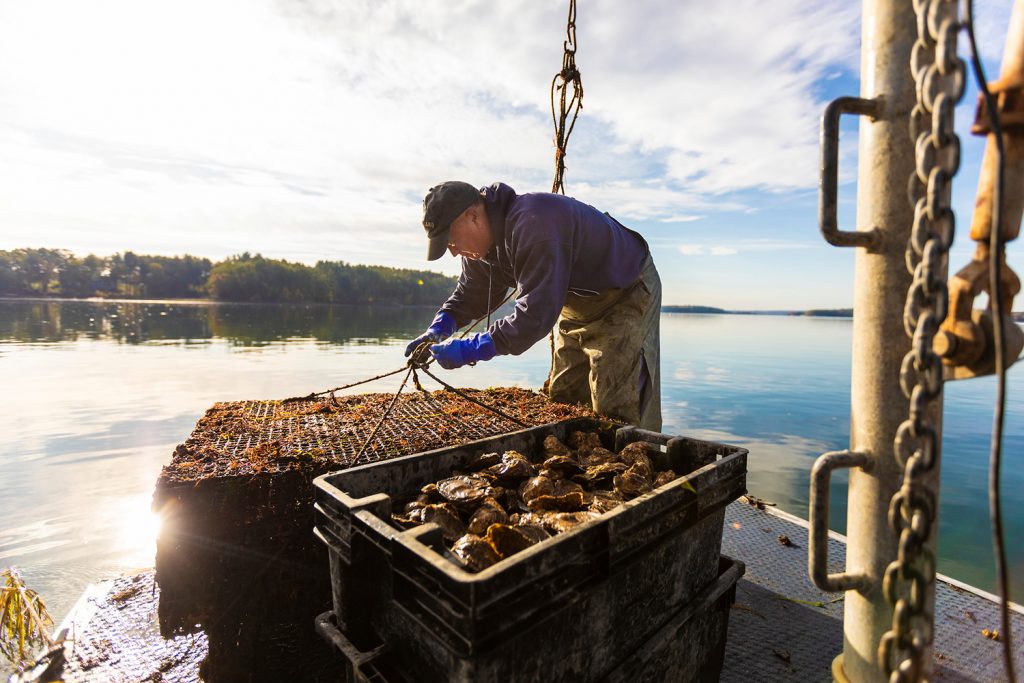
Responsibility
TNC: Restorative aquaculture can improve marine habitats, biodiversity
A report from The Nature Conservancy shows restorative or regenerative aquaculture can benefit ecosystems, marine animal habitats and biodiversity.
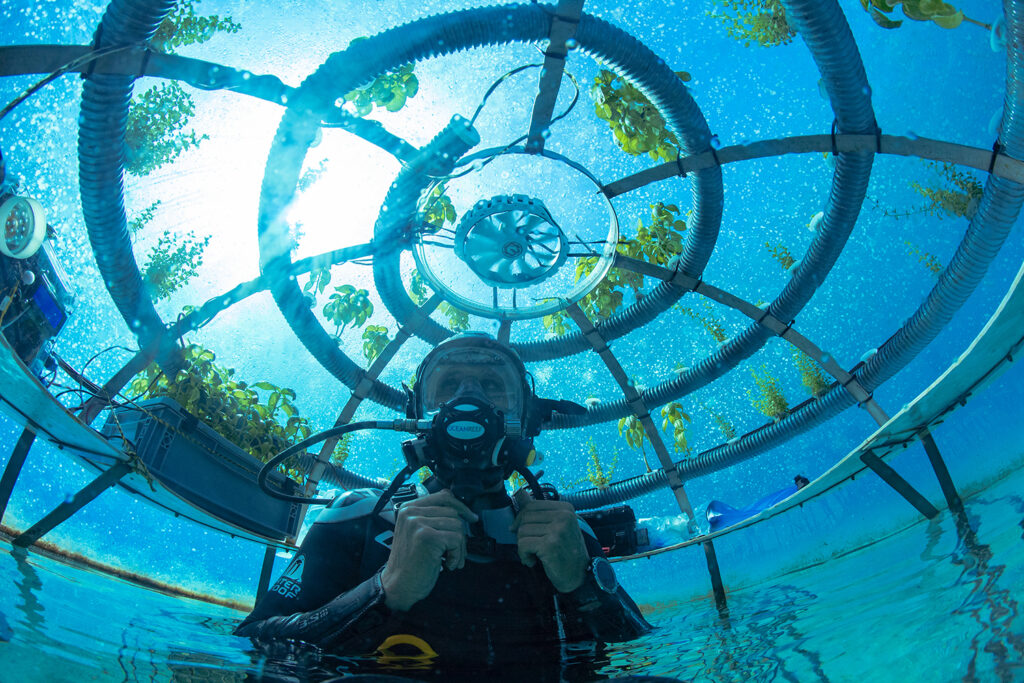
Innovation & Investment
20,000 lettuces under the sea: Could underwater agriculture be the future of farming?
Preliminary research suggests that emerging mariculture methods could provide alternatives to land-based agriculture and within recirculating systems.
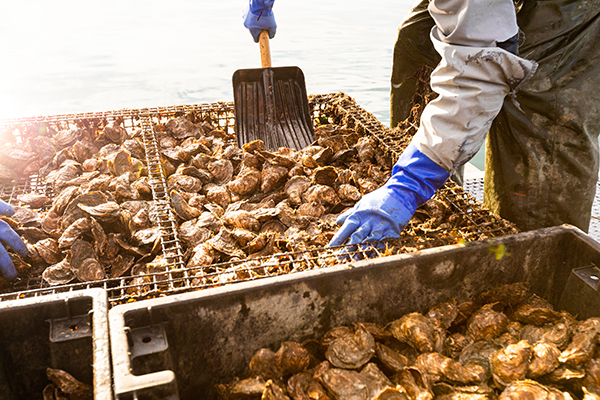
Responsibility
The Nature Conservancy defines restorative aquaculture in new study
The Nature Conservancy's latest study sets out a standard definition of and global principles for restorative aquaculture.
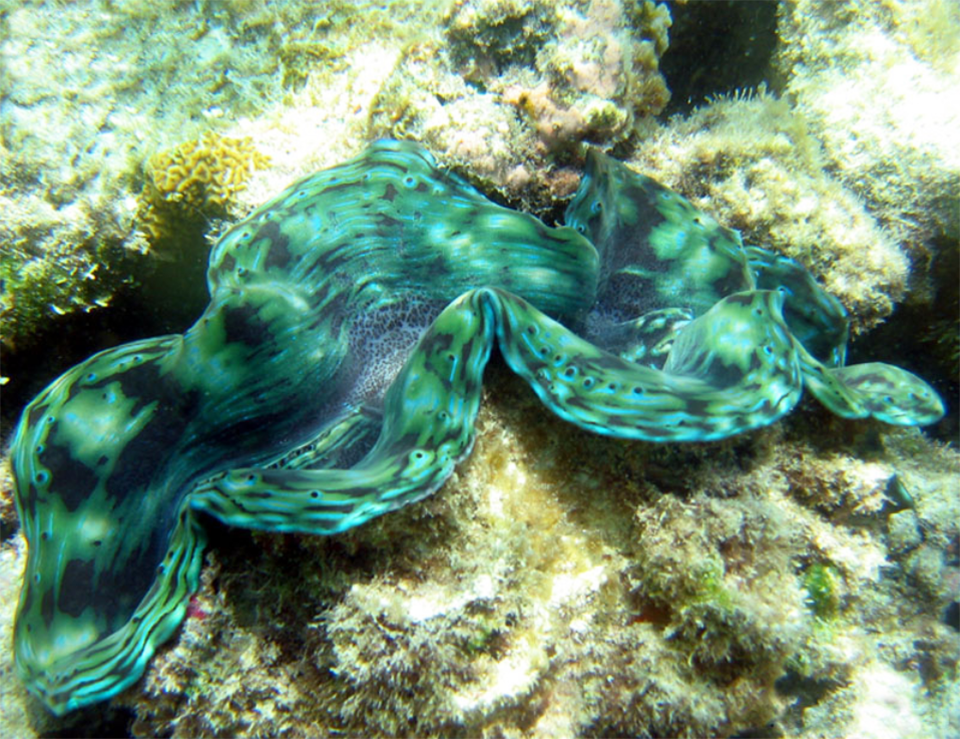
Responsibility
A global overview of restorative shellfish mariculture
A review of restorative shellfish mariculture case studies around the world to identify emergent patterns across species and ecoregions.


